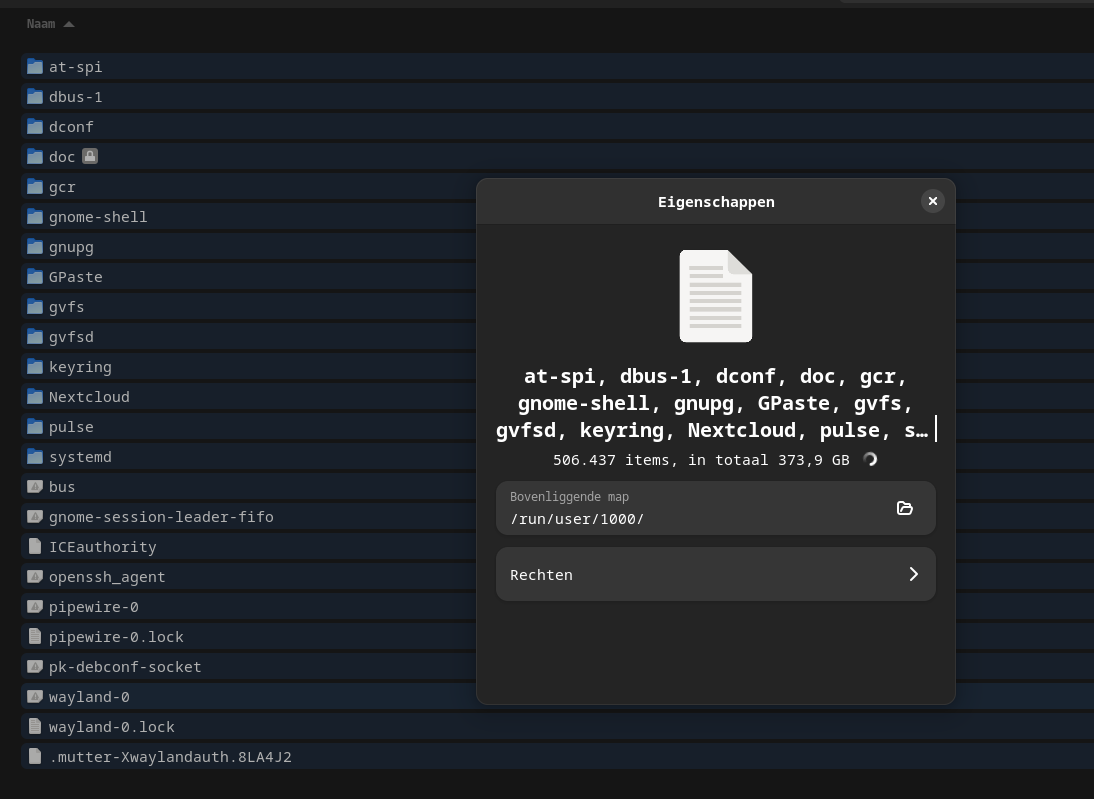this post was submitted on 02 Mar 2024
58 points (87.2% liked)
Linux
48003 readers
986 users here now
From Wikipedia, the free encyclopedia
Linux is a family of open source Unix-like operating systems based on the Linux kernel, an operating system kernel first released on September 17, 1991 by Linus Torvalds. Linux is typically packaged in a Linux distribution (or distro for short).
Distributions include the Linux kernel and supporting system software and libraries, many of which are provided by the GNU Project. Many Linux distributions use the word "Linux" in their name, but the Free Software Foundation uses the name GNU/Linux to emphasize the importance of GNU software, causing some controversy.
Rules
- Posts must be relevant to operating systems running the Linux kernel. GNU/Linux or otherwise.
- No misinformation
- No NSFW content
- No hate speech, bigotry, etc
Related Communities
Community icon by Alpár-Etele Méder, licensed under CC BY 3.0
founded 5 years ago
MODERATORS
you are viewing a single comment's thread
view the rest of the comments
view the rest of the comments

@joeldebruijn@lemmy.ml the /run/user/1000 directory is an in-memory file system of a fairly small size. The operating system creates it for you to store certain things that are for your user account only. The permission settings on this directory forbid any other user on the system (except for "root") to see what is inside. This makes it safe to store secret information that only you should know.
One typical example of something stored in this directory would be your plain text (unencrypted) password database if you use a password manager. No other user but you (and "root") can see it, and it is in-memory only so it is not accidentally copied to your persistent memory (HDD or SSD disk drive) where it might be removed and read by hackers if someone steals your computer from you. At the same time, any program running on the system that was launched by you and only you has access to your passwords so you don't need to remember passwords for everything. (Actually it is a socket to a server containing your unencrypted password database in memory, it is probably not actually a file in that directory.)
Other things that go in this /run/user/1000 directory are socket connections to the desktop bus (allows for things like copy-and-paste or drag-and-drop to work between programs), socket connections to your audio mixer (allows you do things like to listen to music and do video chat at the same time), and a record of what external media devices you have connected to the computer which you are using via GVFS, and so on.
Also, the number 1000 is your user ID number assigned to you by the operating system. If you create other accounts, they will have ID 1001, 1002, and so on, and each of them will have a directory with that number created in the /run/user directory for them when they login.